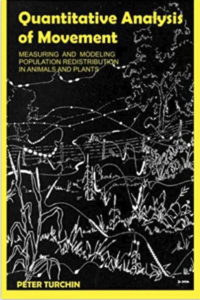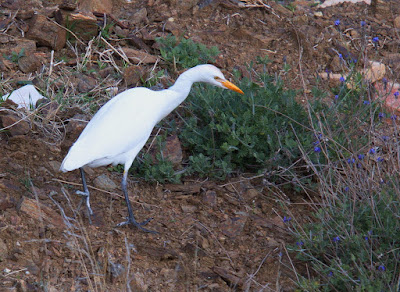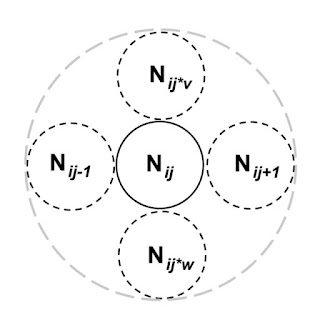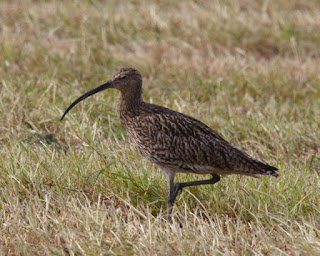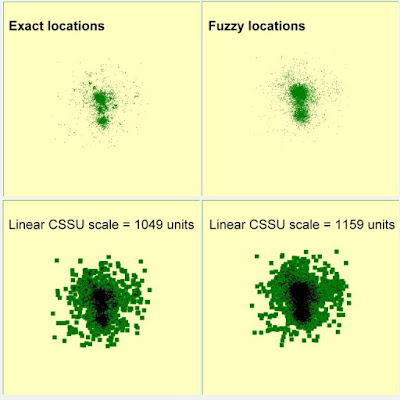The Limited Scope of Lévy Walk and the LFF Model

The Lévy flight foraging (LFF) hypothesis describes a toggling between classic Lévy flight/walk (LW) and classic Brownian motion (BM) as a function of the individual’s current resource field properties (its “environment”). Both states of motion are statistical by nature – and explicitly defined as such. The LFF describes movement as random walk in two disparate modes; scale-free LW versus scale-specific BM. However, the LFF premise of animals moving like drunken LW/BM walkers logically does not make sense unless the animal in question does not possess a capacity for spatial memory utilization or because the environment is so volatile that returning to a previous location has no fitness value with respect to optimal foraging. Under these premises of value-less spatial map utlilization the LFF hypothesis should be expected to make sense, otherwise one should expect to find better compliance with other movement-related models and hypotheses. The theoretical model developments surroundin...
